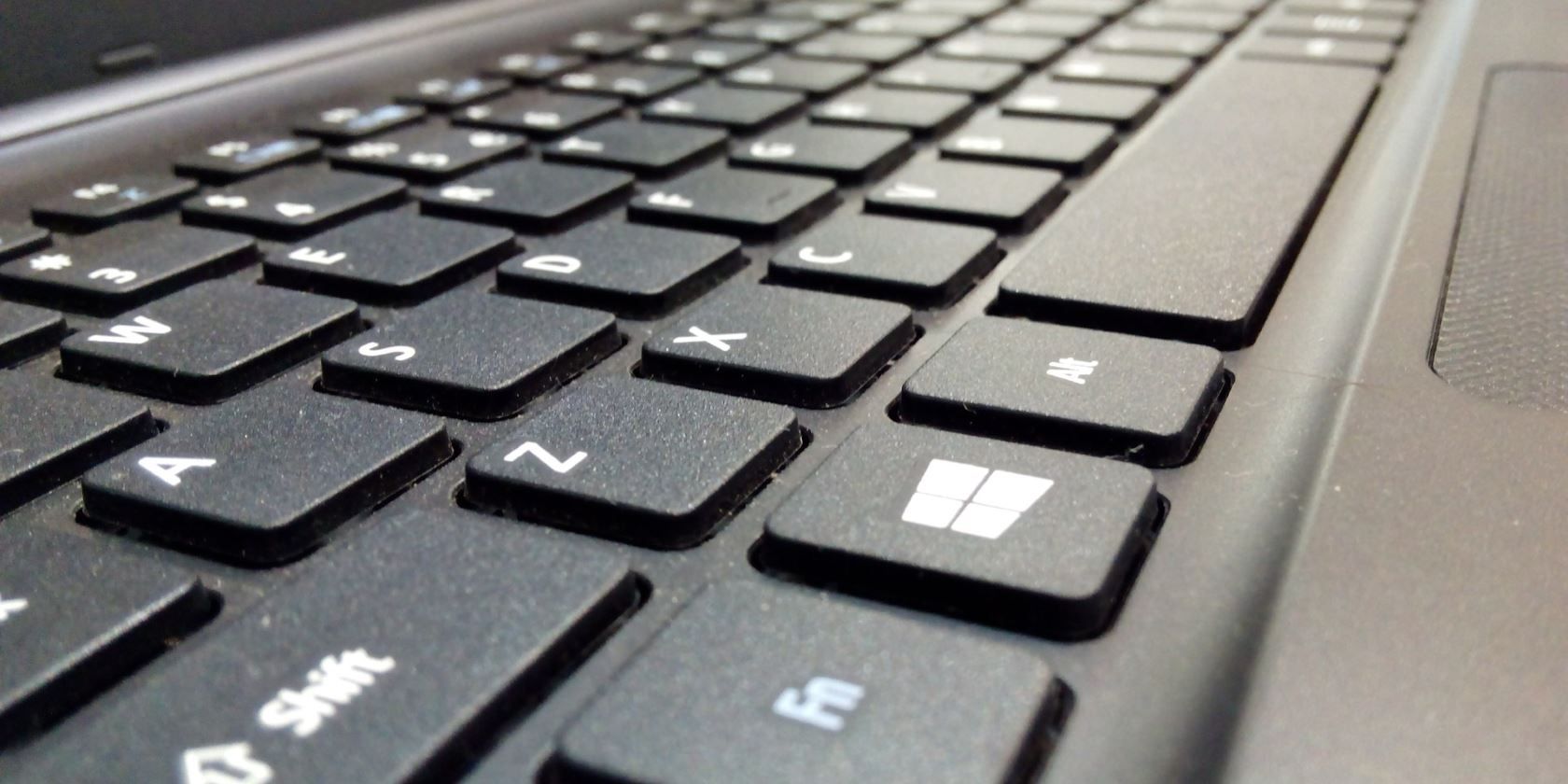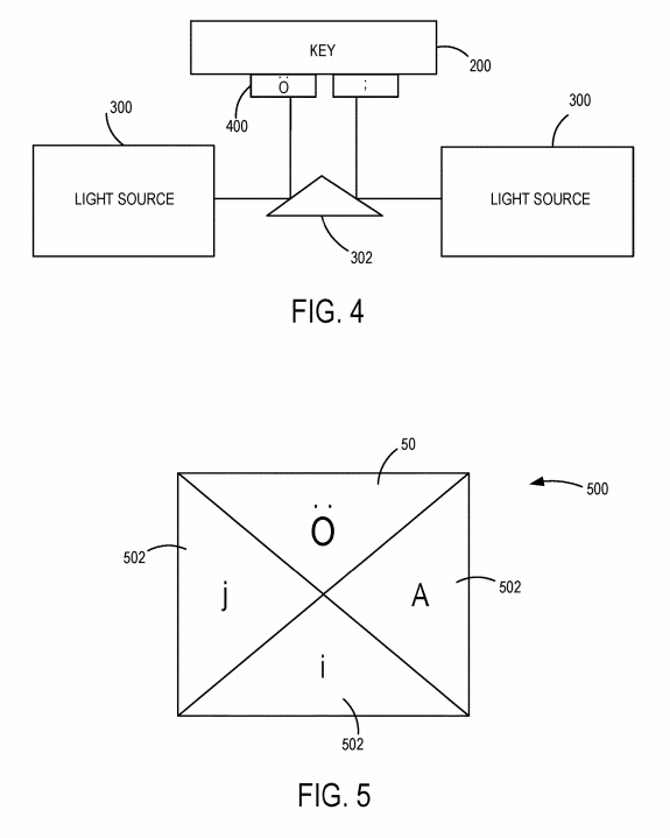If you use a single keyboard layout to type in different languages, you'll know how annoying it is to remember which key does what. Microsoft aims to change that by filing a patent for a keyboard that can display different language layouts at once.
How Does Microsoft's Multilingual Keyboard Work?
You can take a look at the patent on the United States Patent and Trademark Office. There's a lot of jargon in the patent, so let's break down the essentials and what this keyboard wants to achieve.
Microsoft's patent is for a keyboard with a small prism under each key. This prism has enough sides to reflect four different beams of light onto the key above it.
To display a character, the keyboard shines light in the shape of the character onto a prism. The beam reflects off of the prism onto the underside of a key, which then displays the character.
However, because these key markings are just beams of light, they can be changed on the fly. This gives them an advantage over keyboards with printed or etched keys, which stay that way for life.
For example, if you want to change your keyboard from an English layout to a German one, you can push a button and the lights change from English to German characters. Now you have a German layout without needing to swap keyboards.
That's not all, however. Remember how each prism can reflect four beams at once? This means you can display characters from four different languages on a single key.
For instance, if you want the layout for an English, German, and Japanese keyboard, you can set up the keyboard to display all three of them at the same time. This removes the need to swap keyboards or memorize which key does what.
When Will Microsoft's Multilingual Keyboard Become Available?
Unfortunately for those interested in this innovative new keyboard, it's not available yet. In fact, it's probably not even in production. We know that Microsoft has patented this technology, but that doesn't mean the company has to do anything with it.
The technology world is full of patents. Some of them make it to the light of day, while others fail to arrive on the shelves. As such, this patent is no guarantee that the keyboard will actually see production.
Is a Truly International Keyboard on the Way?
While a patent doesn't imply that the design will ever be used, Microsoft's multilingual keyboard design is a promising development. The world is more connected than ever, so an international keyboard will aid multi-linguists a lot.
This isn't the only way that Microsoft embraces multilingual use. For instance, Windows 10 users can quickly change out what language they type in regardless of what keyboard they have.


